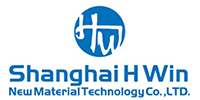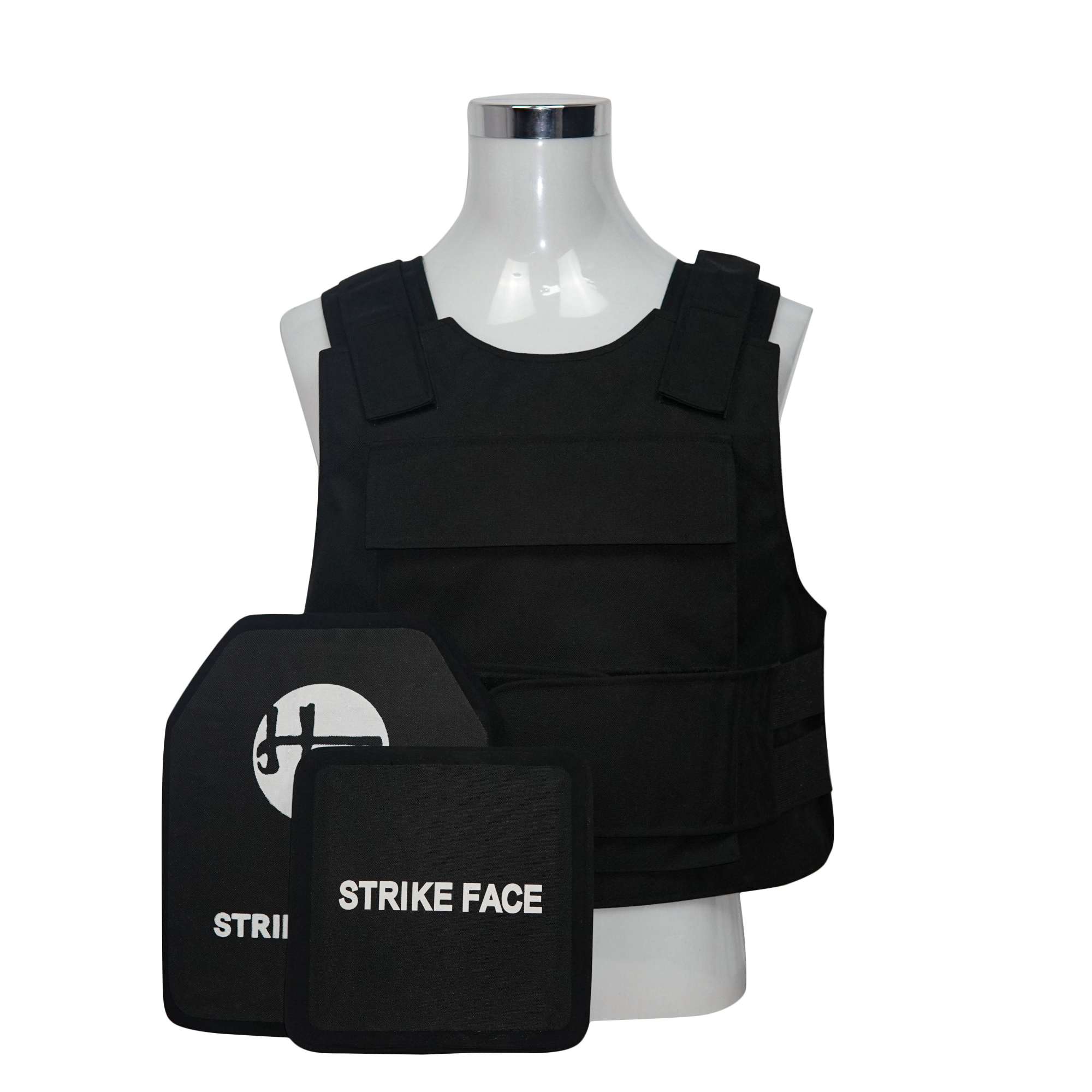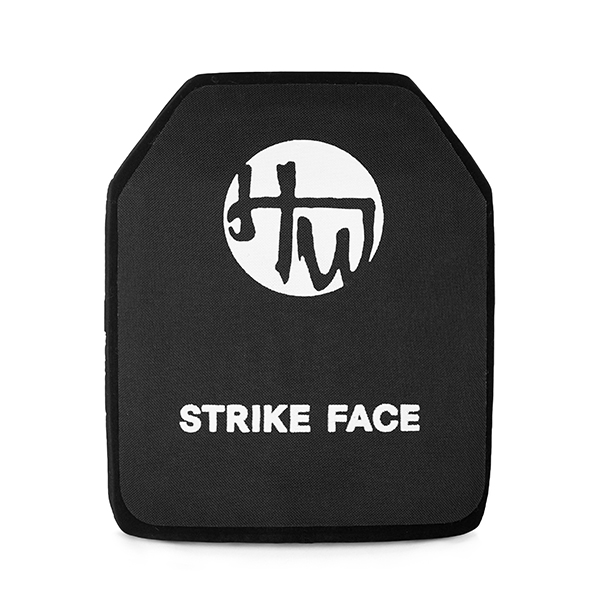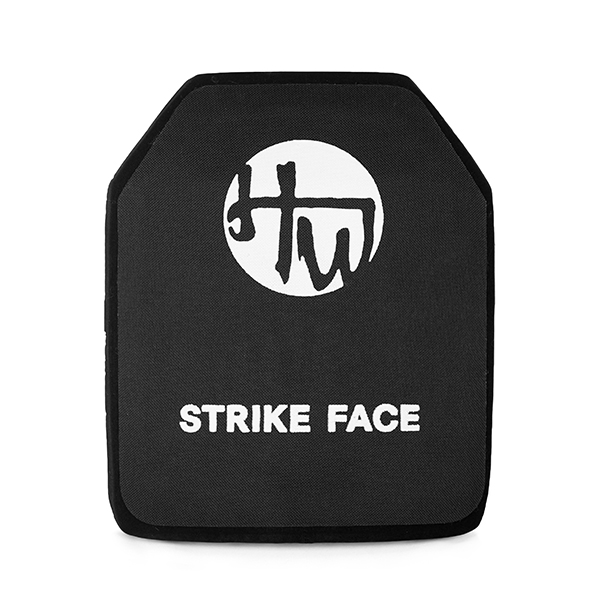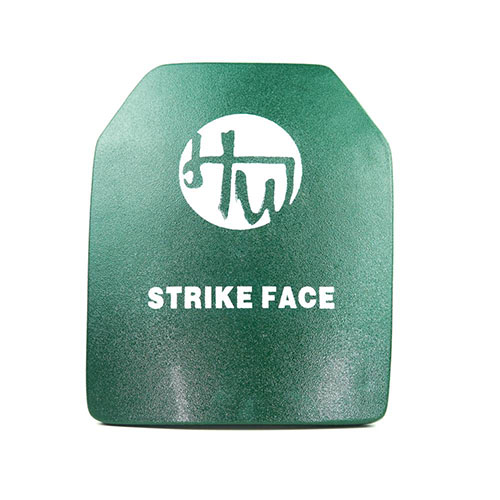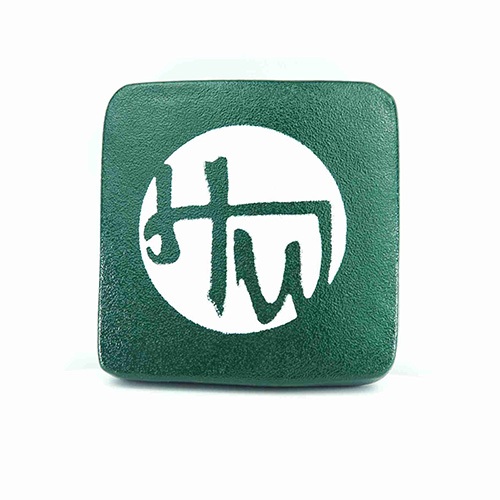High Quality Level 4 Plates China Manufacturer & Supplier
H WIN is a leading China manufacturer of custom Level 4 armor plates for bulk orders. Our NIJ Level IV plates are engineered for maximum ballistic protection using advanced materials. We offer OEM support — including size, shape, and coating customization — with factory-direct pricing and fast production.
- NIJ Level IV Certified: Must stop at least one hit from a .30-06 M2 AP (armor-piercing) round at 868 m/s.
- Hard Armor Construction: Made from ceramic with a composite backing.
- Custom Cut Options: Available in shooter’s cut, SAPI cut, full cut, or custom shapes.
- Single Curved or Multi-Curve Designs: Improves comfort and ergonomics during wear.
-
Durable Cover Coating: Waterproof, abrasion-resistant cover to protect internal structure.
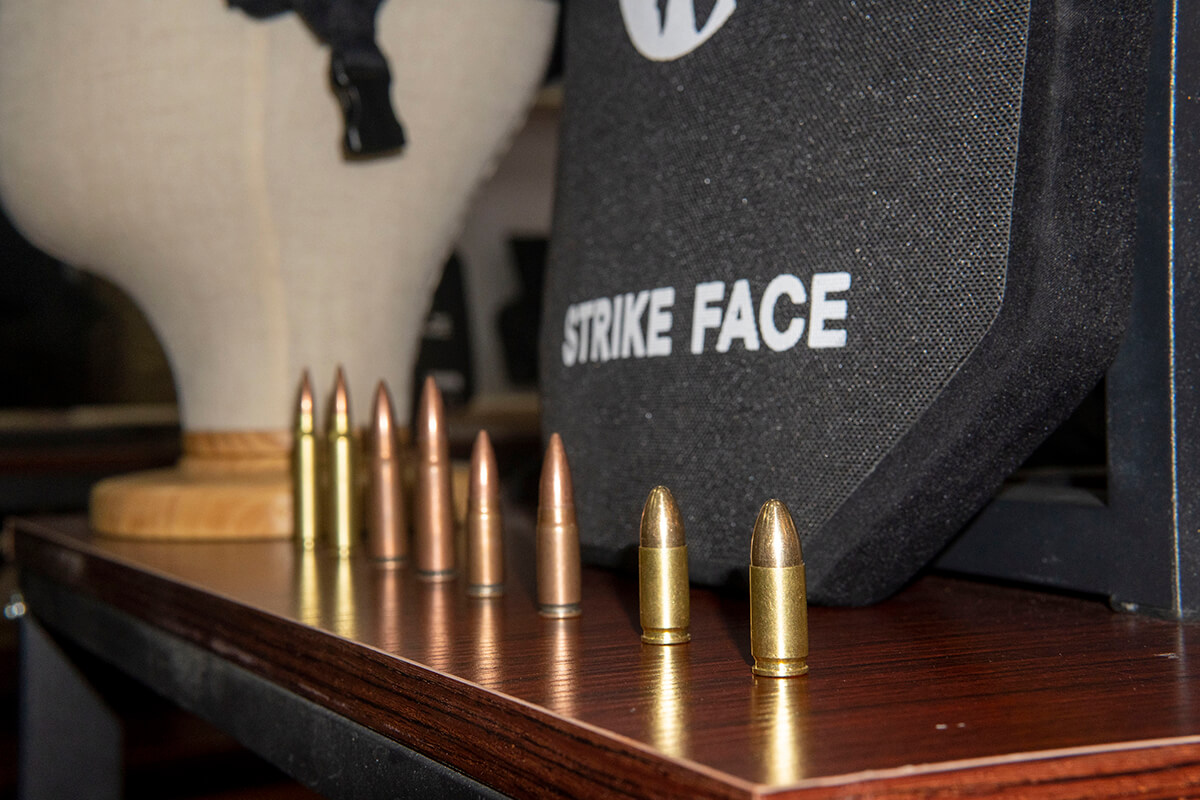
Level IV/Level 4 Plates: The Highest Standard in Ballistic Protection
When facing high-powered rifle threats, you need the ultimate in ballistic protection. Our Level 4 plates are engineered to provide unparalleled defense against armor-piercing rounds, offering the highest level of protection under NIJ standards. Whether you’re searching for Level 4 plates for tactical operations, law enforcement, or personal security, our selection of Level 4 armor plates delivers uncompromising performance and reliability.
Level 4 Plate Series: Explore Our Selection of Sizes and Styles
Benefits of H WIN’s Level 4 Body Armor Plates
Level 4 plates are designed to withstand multiple hits from armor-piercing rifles, offering superior protection compared to lower-rated armor plates. They are meticulously tested and certified to meet the rigorous requirements of NIJ Standard 0101.06, ensuring they can withstand the most demanding situations.
- Unparalleled Protection: Defeats armor-piercing rifle rounds, including the 30-06 M2AP.
- Lightweight Options: We offer lightweight Level 4 plates for enhanced mobility and comfort.
- Variety of Sizes and Cuts: Choose from 10×12 Level 4 plates, 11×14 Level 4 plates, and various cut styles to fit your specific needs.
- Durable Construction: Built with high-quality materials like Level 4 polyethylene plates and Level 4 ceramic plates for long-lasting performance.
- Reliable Performance: Rigorously tested and certified to meet NIJ standards.
Understanding Ballistic Plates level 4 : NIJ Standards & Protection Levels
Level 4 plates are the highest-rated armor plates under the National Institute of Justice (NIJ) standards. They are designed to stop armor-piercing rifle rounds, providing critical protection in high-threat situations.
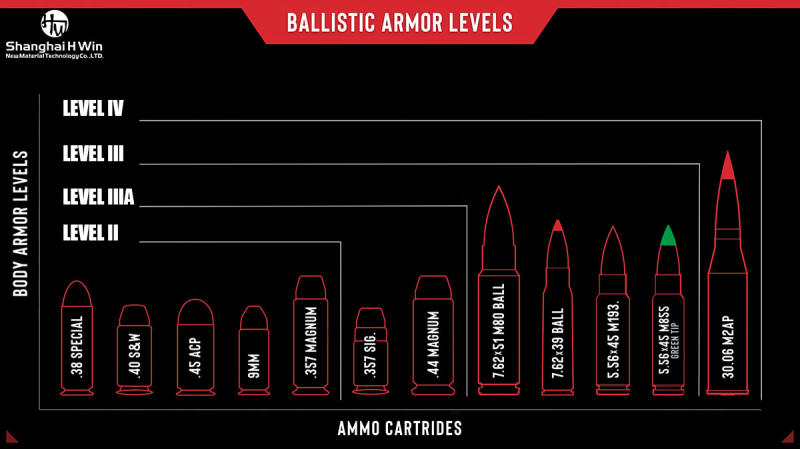
Materials Used in Level 4 Plates
The choice of materials directly impacts performance, weight, durability, and comfort. While all NIJ Level 4 plates must include a ceramic strike face to defeat armor-piercing rounds, the backing materials vary, and each combination serves different tactical needs.T
✅ Ceramic + UHMWPE (Polyethylene)
This is currently the most advanced and widely preferred combination. The ceramic strike face neutralizes the AP round, while the ultra-high molecular weight polyethylene (UHMWPE) backer absorbs the remaining energy. This pairing offers excellent multi-hit performance, lightweight construction, and low blunt force trauma, making it ideal for military and law enforcement units prioritizing mobility.
✅ Ceramic + E-Glass Composite
This structure is cost-effective and commonly used in standard-issue plates. E-Glass provides decent energy absorption at a lower cost, but adds weight. It’s a reliable option for agencies purchasing in bulk or where cost-efficiency outweighs weight savings.
⚠️ Ceramic + Aramid
Though once popular, aramid (such as Kevlar®) is now rarely used in Level 4 plates. It requires complex processing and doesn’t offer significant advantages over polyethylene. It’s heavier and more expensive than E-Glass but not notably stronger. Most modern manufacturers have phased it out.
🚫 Steel or Pure Polyethylene for Level IV? Not an Option
Despite common misconceptions, steel plates cannot meet Level IV requirements — they fail against .30-06 M2 AP rounds. Similarly, pure polyethylene plates are limited to Level III protection and are easily penetrated by AP rounds. Manufacturers only use polyethylene as a backing, not as a standalone Level 4 material.
🏆 High-End Ceramics: Silicon Carbide & Boron Carbide
Top-quality Level 4 plates now use silicon carbide or boron carbide ceramics. These materials significantly reduce weight without compromising stopping power. Although more expensive, they’re favored for elite military applications or situations requiring long-duration wear.
How to Choose the Right Level 4 Plate: Size, Cut, & Weight Considerations
Choosing the right Level 4 plate involves balancing protection with practicality.
- Size should match your body to ensure vital coverage without restricting movement. Common sizes range from 10×12 inches to larger formats for broader torsos.
- Plate cut also matters—SAPI and shooter’s cuts offer different coverage and mobility levels.
- Weight is another critical factor: while heavier plates may feel more secure, they can reduce endurance in extended operations. Lightweight ceramic composites help reduce fatigue without sacrificing protection.
By considering these factors—size, cut, and weight—you can select a Level 4 plate that fits your mission needs and physical comfort.
Lightweight Level 4 plates are ideal for extended wear, while Level 4 multi curve plates offer a more comfortable fit. We offer a range of options to suit your individual requirements, including polyurea ballistic plates synthesized with PE and SiC that is relatively lighter, harder, and has better impact resistance.
Why Choose H WIN For Custom Level 4 Ballistic Plates?
H Win delivers innovative solutions for demanding security needs. Our Level 4 body armor plates have undergone extensive testing to ensure they meet the highest performance standards. We are committed to providing our customers with reliable and effective protection.
H Win Level 4 Body Armor Plates Review Video
FAQs
A multi-hit capable plate is designed to stop several bullets without breaking or failing. For Level 4 plates, this is difficult because they use ceramic to defeat armor-piercing rounds. Ceramic shatters on impact, which weakens the plate with each hit.
To improve durability, the ceramic strike face can be reinforced with composite layers like high-density polyethylene (HDPE). These materials help contain the ceramic fragments and absorb energy from multiple impacts.
Level 4 body armor is designed and tested to stop a single shot of .30-06 M2 Armor-Piercing (AP) round, according to the NIJ 0101.06 standard. This round has a hardened steel core and is known for its ability to penetrate hard targets. The test requires the plate to stop this threat at a speed of about 2,880 feet per second (878 m/s).
While only the .30-06 M2 AP is required for certification, many Level 4 plates also offer protection against other rifle rounds, including:
-
7.62x51mm NATO (M80)
-
5.56x45mm NATO (M193 and M855)
-
.308 Winchester
However, protection against these additional rounds depends on the plate’s material and construction, not all plates perform the same. It’s important to check third-party test data provided by the manufacturer.
Yes, Level 4 plates can stop pistol rounds. They are designed to handle high-velocity rifle rounds, so stopping handgun bullets like 9mm, .45 ACP, and even .44 Magnum is within their capabilities .
Level 4 body armor plates meet the NIJ 0101.06 standard. They are designed to stop high-velocity bullets, not knives or stabbing attacks. The National Institute of Justice (NIJ) has a separate standard for stab and knife resistance called NIJ 0115.00.
Unless Level 4 plates are also certified to NIJ 0115.00 or other stab protection standards, they cannot guarantee protection against stabbing or knife attacks.
However, most Level 4 plates do not meet these standards. This is because the materials and construction used to stop bullets differ from those needed to resist stabbing.
Level 4 armor plates typically weigh between 6 to 8 pounds (2.7 to 3.6 kg), depending on the thickness, material and size. Unlike heavy steel plates, lightweight Level 4 plates use advanced ceramics like boron carbide or silicon carbide.
In addition, these ceramics can be paired with lightweight backing materials such as UHMWPE or aramid fibers. This balances hardness and toughness while reducing weight.
Then, with optimized thickness and dimensions, these plates have high mobility in real combat situations and aligns better with the development trends of modern tactical equipment.
